Last week, I parachuted into BlogWorld 2010 in Las Vegas for less than 24 hours. I presented on two panels (How Nonprofits Use Twitter and CrowdSourced Philanthropy) in the Cause Track curated by Chris Noble and the good folks at WhatGives. During the conference, there was a hashtag campaign – #beatcancer where PayPal and SWAGG will donated $0.05 for every hashtag mention to cancer charities. (Hoping someone can update the final results in the comments)
This post is a quick round up of what I learned in Vegas and sharing it here because it’s too good to stay in Vegas!
How Networked Nonprofits Use Twitter
I had the pleasure of designing a panel about how Networked Nonprofits use Twitter with Claire Williams of Twitter and Danielle Brigida from NWF. I love designing panels, not only the content but the interactive piece as well. We had a slight glitch with our panel title that we corrected with some graffiti before we started our session.
The content we presented went from high level overview to on the ground practice, with each chunk punctuated with an interactive exercise with the audience that allowed them to share insights with another people in the room. We did a fun icebreaker having folks take a photo of each other with their smart phones and post on Twitter.
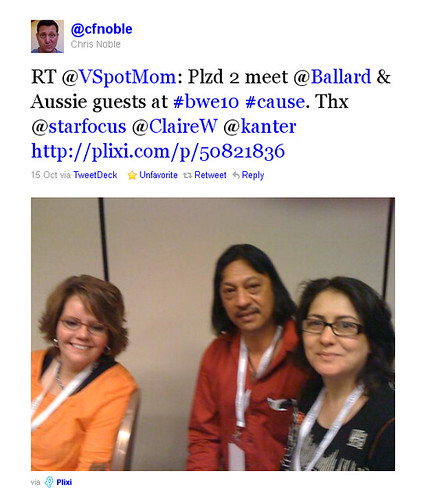
I started with an overview of how Networked Nonprofits become networked nonprofits, using examples from Twitter that illustrated an understanding of networks, simplicity, trust through transparency, social culture, learning from failure, and building relationships.
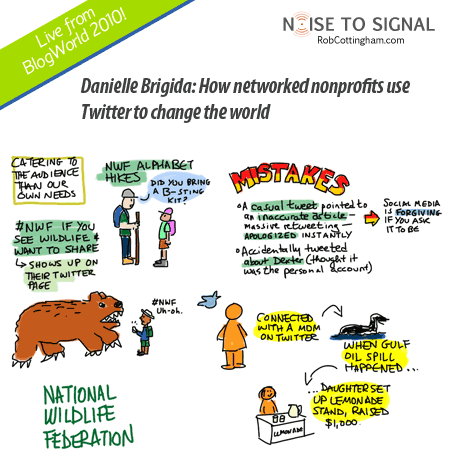
Next, Danielle Brigida gave a case study about how NWF uses Twitter. We were lucky that Rob Cottingham from Social Signal was in the room cartoon blogging. He captured the key points above.

Danielle shared a story about making mistakes on Twitter. One where a staff member sent a tweet to the NWF instead of her personal account. It was harmless, (about how excited she was for a new season of a television show). Another instance occurred when a staff member tweeted something about the Gulf Oil Spill that was not based on scientifically proven information. On both occasions, they quickly apologized – and learned that being human and honest works. (Other nonprofits have learned this lesson the hard way)
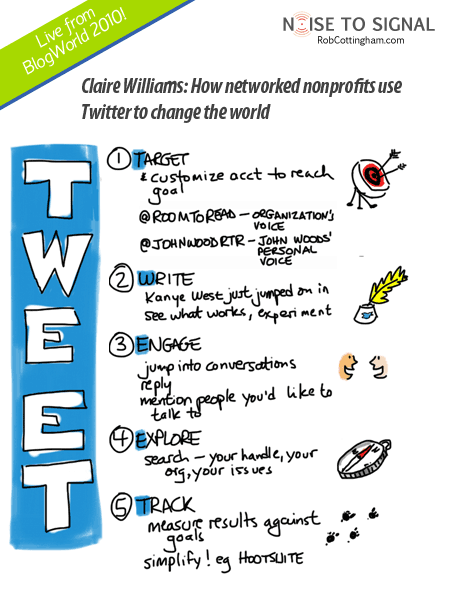
Claire Williams presented a framework (TWEET) for using Twitter for campaigns and offered lots of on-the-ground practical tips. Claire talked about how people get comfortable using Twitter – some by just jumping in and experimenting. She showed the first couple of tweets from Kanya West and how he experimented. I also loved that she shared Ushahidi’s Twitter account of how to personalize an organizational account. (As a board member, I am hoping that we can be added to the account …)
Crowdsourced Campaigns for Causes: Benefiting social good or just social?
The next panel was organized by Allyson Burns from the Case Foundation and included Judy Chang from PayPal and Julie LaCouture from DonorsChoose. Although we had to fight the room set up (podium, panelists on the stage with mics in front of them, sets in room arranged in military style), we managed to have an excellent discussion on this topic. This panel design was all conversational, no powerpoint – but left plenty of room for audience participants share their thoughts.

The room was mostly filled with people from nonprofit organizations, some of whom had entered contests and others wanting to learn best practices. I did a quick icebreaker asking folks in the room to share two words — what comes to mind when you think about these online contests for nonprofits? As you can see from the wordle, participants viewed them in both a positive and negative light. They were curious, but skeptical of about the value.
Judy Chang presented an overview of PayPal’s contests, including its Regift the Fruitcake. ( I also learned about their giving app). Julie LaCouture offered some insights from their experience at DonorsChoose. (It was great to see that Sarah Bunting to still one of their best free agent fundraisers)
We opened with a question about what we thought were the most innovative approaches in contests. I think those are the ones that have taken a Hippocratic Oath – l “Do No Harm” to the nonprofits. The contests that have balanced a theory of change with corporate mission, that encourage nonprofits to use best practices in using tools, creating a responsive network, thinking strategically about the use of contests as fundraising effort, and building relationships with the influx of new donors to create a lifelong supporter vs an ATM machine. On the nonprofit side, it takes thinking through the value of participation.
Mark Horvath of Invisible People shared an example of how a nonprofit get additional value from participating in a contest. (Hint, drive them to a landing page on your site).
I wasn’t in Vegas long enough to attend all the Cause sessions, although I did catch the beginning of the Social Media OnRamp session featuring George Weiner, John Haydon, Renee Alexander, and Janet Aronica from OneForty. (Janet shared an awesome tool kit for nonprofits. )
Misc. Insights From Vegas
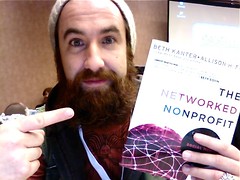
I ran into KK (Kris Krug) who is a free agent extraordinaire and did an interview I’ll publish later. He spotted the Networked Nonprofit in the Wiley booth on the exhibit floor.
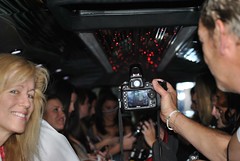
Did get one party hosted by Carwoo and organized by Renee Blodgett who I met a BlogHer in 2005.
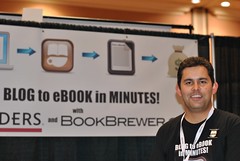
Ran into Dan Pacheco whose citizen journalism work I’ve followed for years and got an update on his newest venture, Book Brewer. It’s a publishing and distribution platform for e-books – think wordpress for e-books. It’s called Book Brewer.
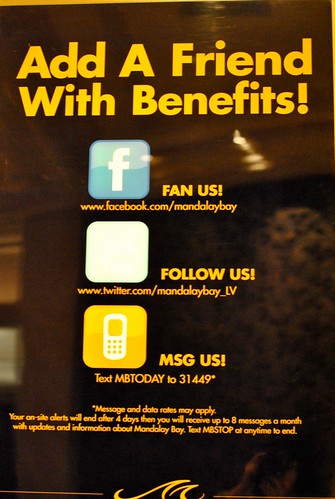
Finally, I didn’t gamble at all, but did happen to see this funny way to promote social channels on the game floor.
How Networked Nonprofits Use Twitter and Other Things I learned in Vegas
How networked nonprofits use twitter
View more presentations from Beth Kanter.

Leave a Reply